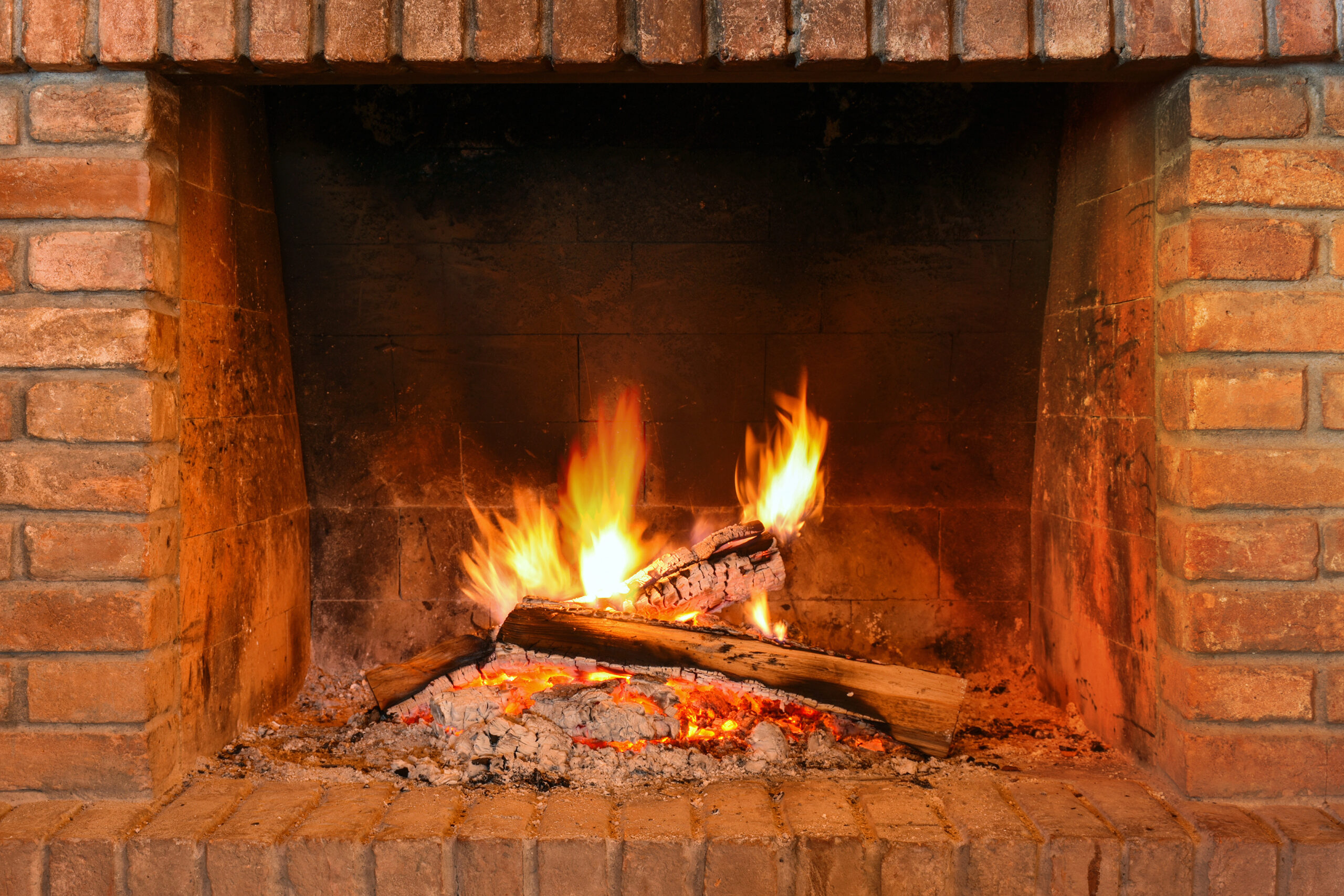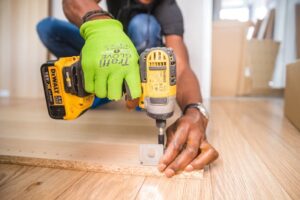
Fireplaces are a timeless feature in homes that add warmth, charm, and character. However, as styles and preferences change, many homeowners find themselves wanting to remove their fireplaces for various reasons. Whether you’re looking to modernize your home or simply no longer use it, the process of removing a fireplace can be intimidating and overwhelming. You may worry about causing damage to your home or not being able to complete the task safely. But fear not! In this blog post, we’ll guide you through safe and easy steps on how to remove your fireplace without damaging your home. With these tips and tricks in hand, you can confidently say goodbye to your old fireplace and hello to a new space in your home.
Precautions To Take Before Starting the Removal Process
Before you start the process of removing your chimney, it’s important to take safety precautions to protect yourself and your property. Begin by conducting a thorough inspection of the chimney, examining it for any signs of damage or wear and tear. Ensure you have all the necessary tools and equipment required to complete the job safely. It’s also crucial to have an understanding of the local regulations and permits required for chimney removal in your area. Cover and protect any surrounding surfaces to prevent damage during the removal process. Finally, never attempt to remove a chimney on your own – always seek the assistance of a licensed professional to ensure the job is done safely and effectively. By following these precautions, you can ensure a successful and safe chimney removal process.
Assessing Your Fireplace’s Structure and Materials
Before starting to remove your fireplace, it’s important to assess its structure and materials to ensure you’re equipped with the right tools and approach. This step is crucial to avoid any damage to your home’s structure and ensure your safety during the process. Look for any potential obstructions, such as electrical wiring or load-bearing walls. Identifying the type of bricks or stones used will dictate the right tools and techniques for removal. If you need clarification on any aspect of your fireplace’s structure, it’s best to consult a professional before starting the removal process. Being vigilant during this step will save you time and money and ensure success in your fireplace removal project.
Tools Needed for the Removal Process
There are several tools you’ll need to safely remove a chimney, including a hammer, saw, crowbar, and dust mask. Depending on your home’s specific needs, other tools may be necessary. You can easily find the necessary tools at your local home improvement store or rental center. It’s important to make sure you have all the tools needed before starting the removal process to ensure efficiency and safety. With the right tools, you can make the process of removing your chimney a successful and stress-free project.
Removing the Hearth and Mantel
Step 4 involves removing the hearth and mantel, followed by the stone and brick surrounding the area. While this may seem like a daunting task, it’s crucial to make sure everything is removed properly to avoid any potential dangers or damages. By taking the necessary precautions and carefully removing each piece, you can make the process run smoothly and prevent any unnecessary mishaps. Remember always to prioritize safety when removing a chimney, as it can be a complicated and potentially hazardous undertaking.
Removing the Chimney and Flue
Removing a chimney and flue from your home’s wall can be a daunting task, but it is certainly doable with the right tools and preparation. If you are looking to update your home’s exterior or simply want to improve the efficiency of your heating system, removing the chimney and flue can make a significant difference. It is important to note that the process of removing a chimney and flue can vary depending on the materials used and the age of your home. It is always recommended to hire a licensed professional to complete this task, as it involves working with hazardous materials and can be dangerous.
Tips for Disposing of Chimney Materials
When it comes to removing a chimney, it’s important to be responsible when disposing of its materials. First and foremost, make sure to wear protective gear, such as gloves and a mask, while handling the materials. Next, use caution when breaking down the materials to avoid creating excess dust. Properly bag and label any debris to ensure that it’s disposed of in the appropriate manner. Additionally, consider recycling or repurposing any of the materials if possible. By following these tips, you can not only safely and responsibly dispose of your chimney materials but also reduce waste and environmental impact.
So there you have it; now you are equipped with all the necessary information and precautions to safely and successfully remove your chimney. Remember, safety should always be your first priority when tackling any home renovation project. By following the steps outlined in this blog post, you can ensure that the removal process is done efficiently and without any harm to yourself or your property. Chimney removal may seem like a daunting task, but with the right knowledge and preparation, anyone can tackle it with confidence. Plus, once it’s gone, think about all the extra space you’ll have in your home for new design opportunities! So go forth and start planning your chimney-less future!


